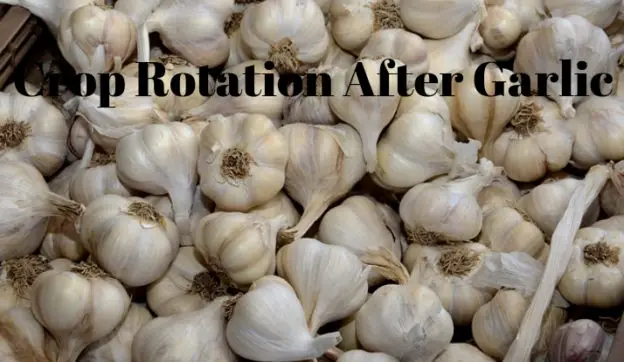Crop Rotation After Garlic

I work to a 4 crop rotation plan, and in my plan the plant family that falls into crop rotation after garlic is solanum. That is the nightshade family, including potatoes, tomatoes, peppers, chillies, and aubergines. Garlic Crop Rotation Garlic and onions should follow brassicas, and be followed by potatoes. In a 4 crop rotation system garlic is only in the same bed every 4 years. This will keep soil bound pests and diseases at a minimum and improve the health of all crops. For the following year, as garlic is not a very heavy feeding plant, it should not… → Read More












